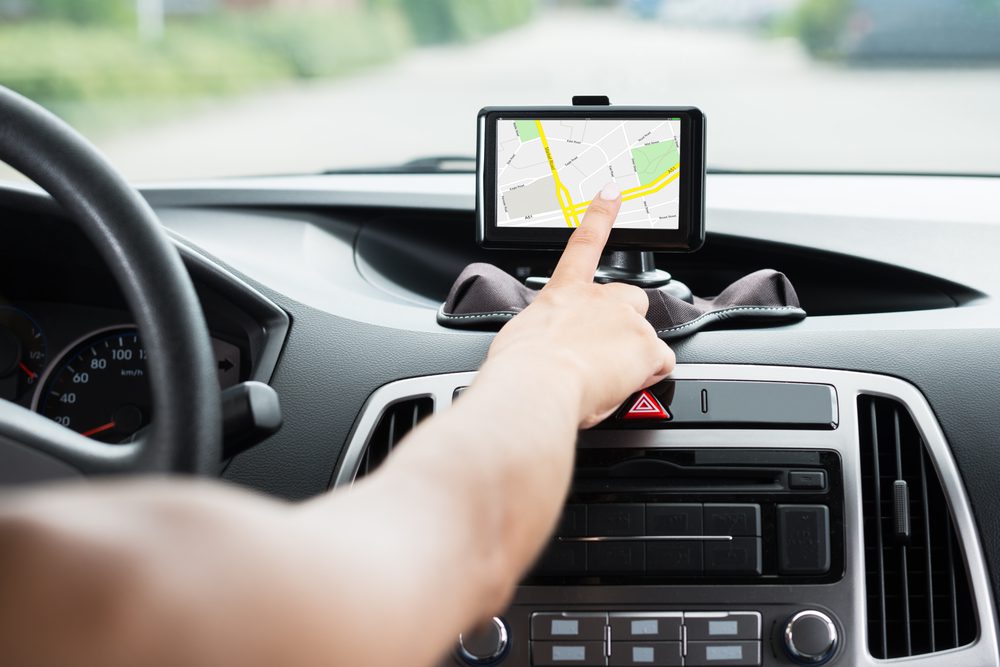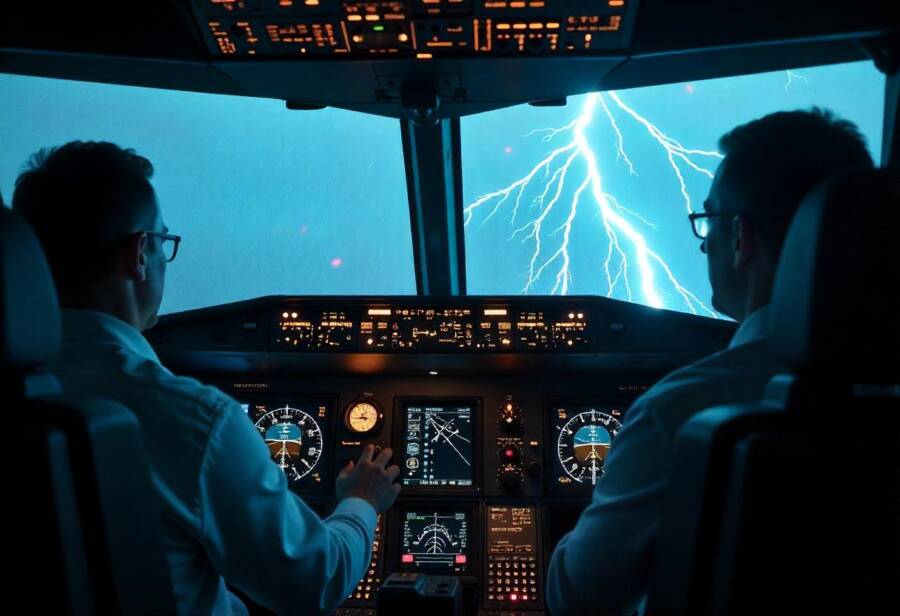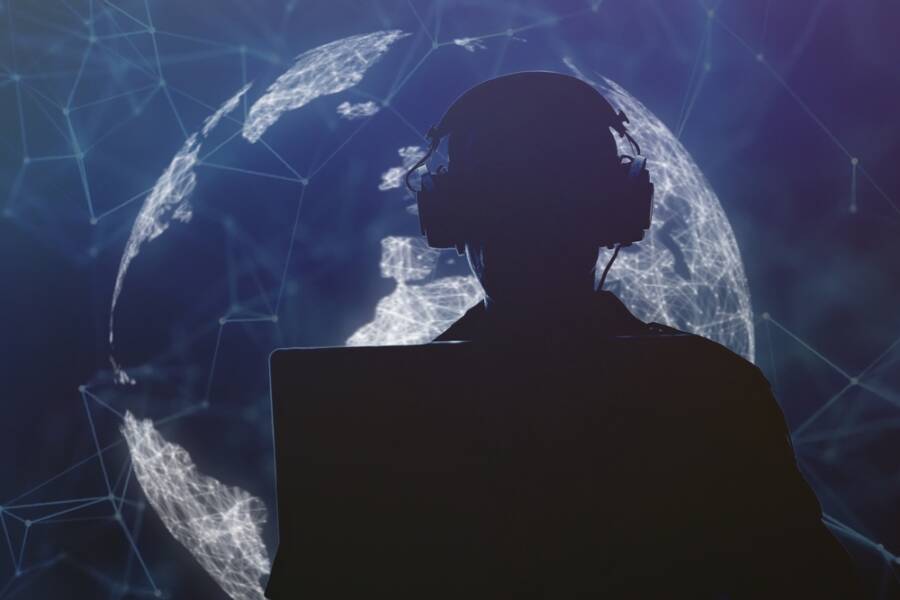What kind of challenges should we expect in the upcoming years?
Over the last few months, we’ve been carefully examining the challenges humankind faces at the moment. If you’re slightly interested in what’s happening in the world right now, you probably have your own list.
As far as we’re concerned, it’s worth mentioning the land use meant to accommodate exploding populations, the future of nuclear energy, the chasm between rich and poor, and this is only the tip of the iceberg.
Considering all this, we couldn’t help but wonder what are the biggest challenges that are awaiting in the future. In 30 years, what could be on the world’s agenda that needs to be solved as soon as possible? While it’s still hard to predict, we did manage to get some clues from current trends in science and technology. Here are some of the most important issues of tomorrow:

Genetic modification of humans
Debates in scientific circles started developing last year since a new technology that allows us to edit human DNA emerged. It’s widely known as Crispr (pronounced “crisper”), and it was made to alter people’s DNA to carve diseases such as cancer out of the equation.
I know, at its core, it sounds like it’s well-meant. But like many other things in the past, it has the potential of taking a dark ethical turn, and transforming into a eugenics-esque vanity project to churn out “designer babies”.
This would mean a selection of embryos that produce babies with a certain amount of intelligence and physical characteristics. It sounds frightening, in all honesty. Even if it’s not widely used enough to be perceived as a current “grand challenge”, this is definitely an up-and-coming advancement whose wide-ranging repercussions we have to prepare for.
We have more reasons now than ever to make sure that ethicists have a seat at every table in every laboratory, university, and corporation that could be itching to alter our DNA. “Proper reflection on what about us we could want to preserve takes quite some time, and it should draw on a wide range of perspectives about what it means to be human,” as Nicholas Agar, professor of ethics at the Victoria University of Wellington in New Zeeland, explained. “It’s rather difficult to set aside more time for ethical reflection when all these technological possibilities seem to come thick and fast.”
A more aged population than ever before
Not only do we need to wrestle with the fact that the world’s population is exploding, we also need to deal with the fact that people now live longer than ever. Don’t get me wrong, this is definitely amazing.
But in hindsight, we also need to be aware of the fact that all those senior citizens will require care. As a matter of fact, the number of centenarians will drastically increase more than 50 times, from 500,000 today to over 26 million by 2100.
From the UK to Japan all the way to China, societies with huge numbers of people over 65 will be more common. In the next couple of decades, as that increase will take place, we will need better care for the elderly (Japan is eyeing robots already), and maybe more policies to allow more immigrants to try and make up for aging workforces and in some instances, declining birth rates.
Lost Cities
You don’t even need to look too hard in a place like Miami to observe how cities are changing in the 21st Century. For example, rising sea levels are gradually making some cities disappear. Fuelled by climate change, not only are floods becoming more common in the streets, but the changing weather patterns also highly influence building design.
Aside from more seawalls, the city also requires new buildings to be built with the first floor higher than before. However, that’s all a sticking plaster, because if these trends continue, we might need to come to terms with the fact that we could potentially lose whole swathes of cities, islands, and low-lying regions like Bangladesh.
The economic impact on these regions would be hard to grasp, and climate refugees could become the norm. Pressure is already increasing on cities, especially since urban populations are growing. If climate change forces mass migration, then existing infrastructure, services, and economies could be stretched to breaking point.
The evolution of social media
Social media has definitely made things more complicated, especially when it comes to the ways in which we communicate with each other. Well, this definitely won’t go anywhere anytime soon, especially since most people get their news from it now.
That’s also before we even get into the mess of online harassment. What could social media look like in 30 years, and by that time, what are some of the biggest threats it could pose? A world with no privacy, to start with.
That’s one of the biggest issues we already deal with. Besides weathering away our own sense and desire to have some anonymity and privacy left, social media brings with it the many issues of cyberbullying as well.
There are plenty of charities and non-profit organizations all over the world that have mobilized in the fight against internet trolls. However, it is up to this day an open question about whether or not law enforcement agencies and social media companies will be able to fix the issue or make things even worse.
New geopolitical tensions
The past year has definitely witnessed a complete upset of our current geopolitics fragile balance. All in all, this could make the global stability of the next decades a huge question mark. North Korean missile launches. Thousands of hundreds of refugees cross borders to flee turmoil. An ongoing genocide in the Middle East. It’s becoming more of a mess as days go by.

Safe car travel
Even if we were able to come up with rapid urbanization and fantastic technological advancements like the Hyperloop, the car wouldn’t go anywhere anytime soon. As a matter of fact, in the next couple of decades, there will be even more of them on the road.
Driverless car technology is swiftly rolling out, with huge tech companies and automakers aggressively seeking to debut human-free vehicles in the coming years. On top of that, the sheer number of cars, self-driving or not, will simply skyrocket, as studies have shown.
In some countries like China where there’s a growing middle class, the environmental and infrastructural needs will represent a huge issue. How will we be able to ensure safety, fight pollution, and also make sure that driverless cars aren’t a menace on the road?
Settling other worlds
Well, I bet this is something we’ve all been wondering! How will space tourism companies make sure that the future activities they plan to conduct are safe enough? How will we manage to find ways to send humans to Mars or any other planet out there?
Space travel could seem like the domain of space agencies and billionaires nowadays, but as it becomes more accessible to everyone else out there, a whole host of new challenges will appear. Outer space is looking less like the ultimate frontier and more like our backyard.
Since there’s increasingly more money being shelled out to get humans all the way up in the infinite skies, the logistics, safety, and diplomacy behind those challenges demand serious consideration.
If you found this article interesting, we’re glad to let you know that we have many more: 7 Things From Outer Space That Will Destroy the World














